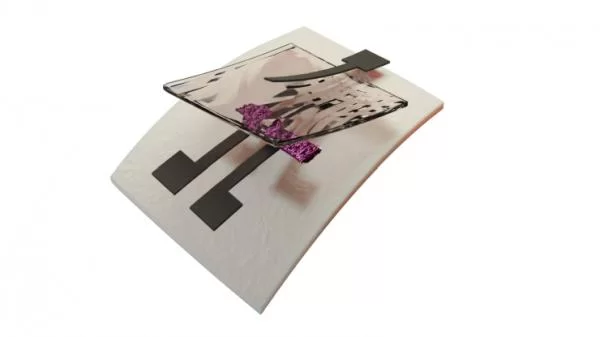With the increase in demand for wearable electronic devices, the need for flexible, thin, and compact electronic circuits also arises. Wearable devices and many other sophisticated systems need sensors that can be attached to various kinds of surfaces or substrates. Therefore, it is necessary for the sensors to be flexible and also hold the same electrical property.
In addition, there is a constantly growing demand for flexible indicators and displays. The most crucial component of an electronic system is, however, the transistor. There is a lot of research and development ongoing for Thin-Film Transistors (TFTs). These special types of transistors are made by depositing thin films of the semiconductor layer as well as the dielectric layer and metallic contacts on a non-conducting substrate.
Printed Electronics: A Summary
Very thin electronic devices and circuits are part of the printed electronics terminology. Printed Electronics is a new way to manufacture electronic components and circuits. It refers to the process in which printing technology is utilized to produce various electronic circuits, displays, sensors, RFID systems, solar cells, etc. We’re all aware of conductive ink which is an ink that can result in a printed object which conducts electricity. It is created mainly by infusing graphite. Similarly, some well-known technologies for printing electronics are gravure, flexographic, offset, and inkjet printing. Flexographic printing can print the thinnest layers while gravure is the fastest technique for printing electronic circuits.
The printing is based on organic conducting, semiconducting as well as printable organic materials. The printed transistors are fabricated on thin plastic film substrates with various printing processes. Thin-film transistors can also be based on organic semiconductors. The benefit of organic printing is its eco-friendliness.
An Overview Of A Research At The Duke University On Fully Recyclable Printed Electronics
The market for printed electronics is constantly growing. The market was predicted to increase to 45 billion USD in 2021. With this, some questions arise like what happens when the printed electronics become waste? Can they be recycled? The silicon-based systems cannot be recycled easily and they just add up to landfills. Similarly, in printed electronics, the use of nanomaterials is a crucial part.
Read more: RESEARCHERS AT THE DUKE UNIVERSITY DEVELOPED THE WORLD’S FIRST FULLY RECYCLABLE PRINTED ELECTRONICS

